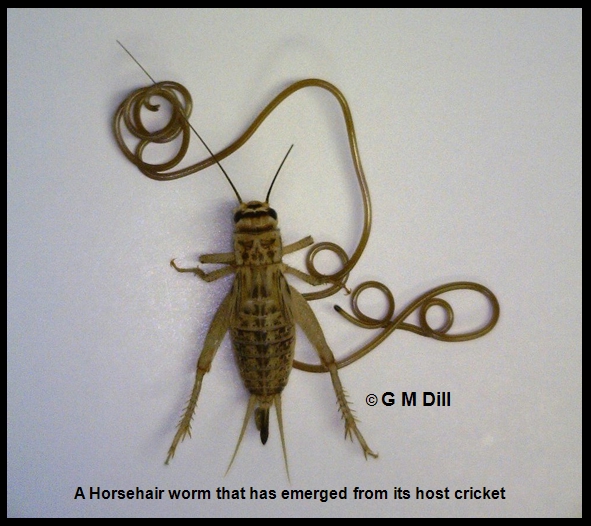

While generally not medically important like some other arthropod groups, members of the order Orthoptera are not entirely innocuous. In Africa, Asia, and North America, swarms of grasshoppers, called locusts, cause widespread devastation to crops, often resulting in severe economic losses. Indeed, many members of the group are considered serious pests of row and forage crops, and often are in direct competition with vertebrate grazers. Often abundant in most terrestrial habitats, members of the Orthoptera are considered one of the most important groups of phytophagous insects. This escape was recorded from trout (18%, n=141), bass (26%, n=292), perch (22%, n=27) and frogs (35%, n=17) (for methods, see supplementary information).Grasshoppers, crickets, and katydids are not usually thought of as potentially hazardous or disease carrying insects. Remarkably, the worm escaped predation by wriggling out of the mouth, nose or gills of the predator that had consumed its host ( Fig. In none of the 477 predation events that we observed did the predator regurgitate the cricket. Under laboratory conditions, we found that crickets that harboured or were expelling gordian worms were often eaten by generalist predators - fish (trout ( Oncorhynchus mykiss), perch ( Lepomis gibbosus), bass ( Micropterus salmoides)) and frogs ( Rana erythraea). We investigated the response of gordian worms to predation on their host. Second, predation may affect parasite life history if the predator becomes incorporated into the life cycle 8, 9, 10.

Increased virulence may also take the form of manipulating the host's behaviour 5, for example to remove it from sources of predation 6, 7. First, increased predation may select for increased parasite virulence 2, 3: for example, parasite development can speed up to minimize the period of host occupancy 4. Predation upon a host may shape parasite life history in two important ways.

Death of the worm would be expected to result from generalist predation upon the host at this stage unless the parasite were capable of an antipredator response.įew parasites have their own predators, although they are victims of those of their hosts. During this time, the cricket is active at the surface and attractive to aquatic predators such as fish and frogs (F.T., unpublished observations). Emergence from the host occurs only after the cricket enters the water (for movie, see supplementary information) and may take as long as 10 min owing to the large size of the worm 1. Adult gordian worms are free-living in water, where they mate as a knotted mass of multiple individuals. The induced suicide of crickets infected by gordian worms is one of the best known examples of parasite manipulation of host behaviour 1.


 0 kommentar(er)
0 kommentar(er)
